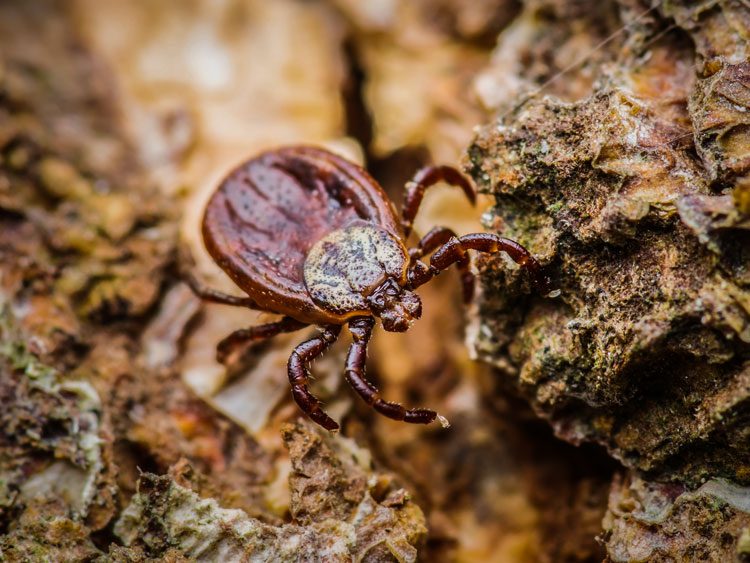It’s tick season. Here’s what you can do to dodge the buggers
As temperatures heat up and we take the fun outdoors there’s one teensy tiny arachnid causing some worry: ticks. Last year, nearly 60,000 cases of tickborne diseases were reported to the Center for Disease Control (CDC) by state health departments, a number that has, ahem, ticked steadily upward in the past 25 years and represents only a fraction of the overall number of people with tickborne illness.
The rate of Lyme disease, first discovered in Lyme Connecticut in 1975, has increased by 250 percent in the North-Central states and 300 percent in the Northeastern states. The CDC now recognizes 18 tick-borne pathogens in the U.S.– and more are being discovered all of the time.
Ticks are small and their bites are painless so it can be hard to know when your health has been compromised. To help fight the tiny bloodsuckers, the CDC has pulled together a new resource just in time for tick season.
Tick ranges are expanding
Ticks, which were once confined to smaller geographic areas, have expanded their range in the past few decades. Take, for example, the lone star tick, whose bite causes ehrlichiosis, tularemia, and Heartland virus disease. This tick once lived only in the southeastern U.S. but can now be found in the Midwest and Northeastern states.
The range of the blacklegged tick, responsible for Lyme disease, has more than doubled in the past two decades. While reasons for this expanding range are unknown, experts point to changes in land use such as suburban development and changing climate patterns.
New ticks and germs identified
In 2017 the Asian longhorned tick was discovered in the United States for the first time. The tick has since been found in Arkansas, Connecticut, Maryland, North Carolina, New Jersey, New York, Pennsylvania, Virginia, and West Virginia. While no harmful germs have been found in the Asian longhorned ticks collected by researchers in the U.S., the tick is known to make people and animals very ill in other countries. In the past 20 years, seven new tickborne germs that cause illness have been discovered in the U.S.
How to protect yourself
The CDC advises the public to take the following steps to try to avoid tick bites:
- Avoid areas with tall grass and leaf litter. When hiking, stick to the center of the trail.
- Spray yourself with an EPA-registered tick repellent such as one containing DEET or picaridin. Treat your clothing with permethrin.
- Treat your dogs for ticks. Not only can ticks make dogs sick, dogs can also bring ticks into your home.
- Shower immediately upon coming inside and do a full-body tick search. If any ticks are found, remove them right away.
- Run clothes in a dryer on high heat for 10 minutes to kill any ticks attached to clothing.








